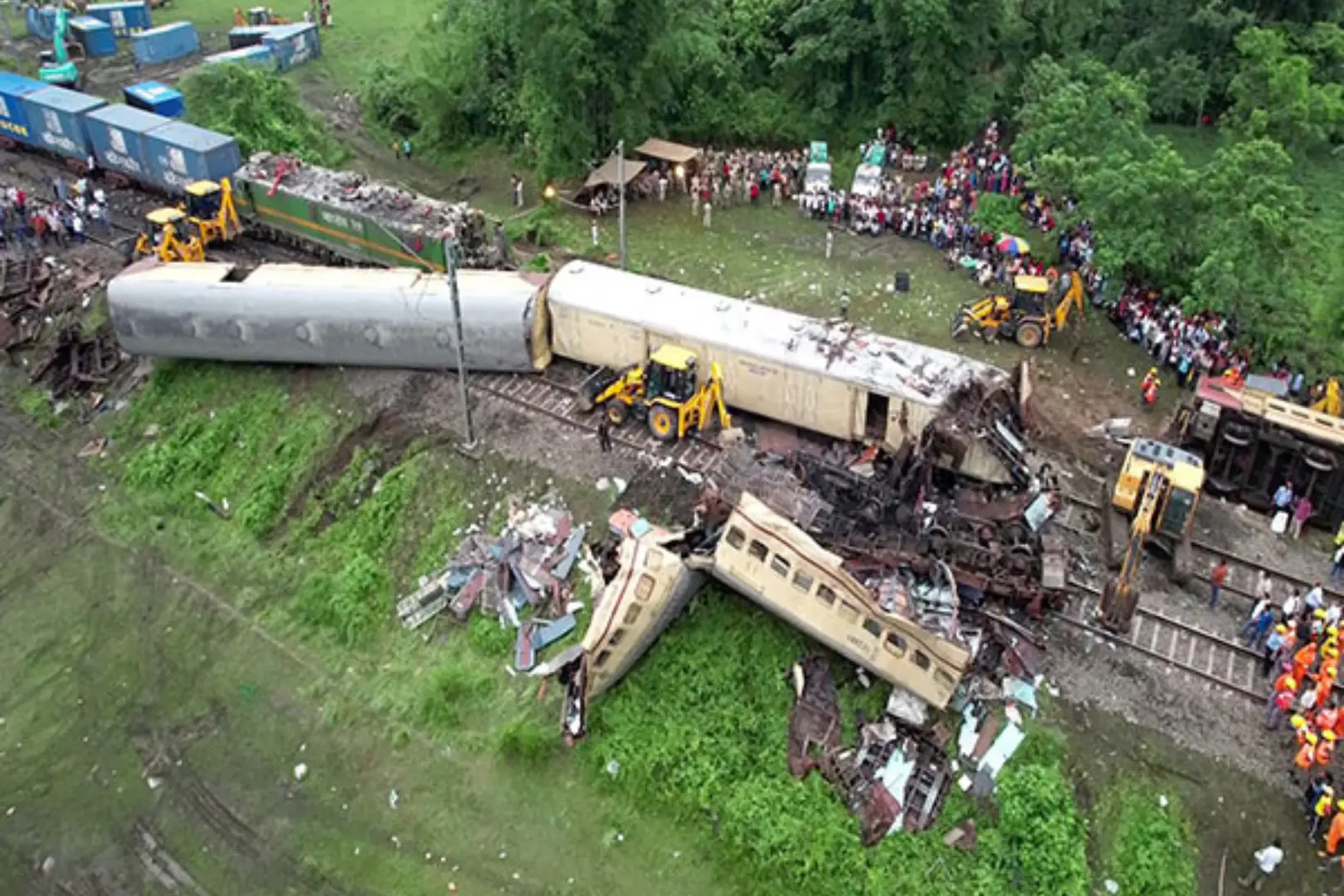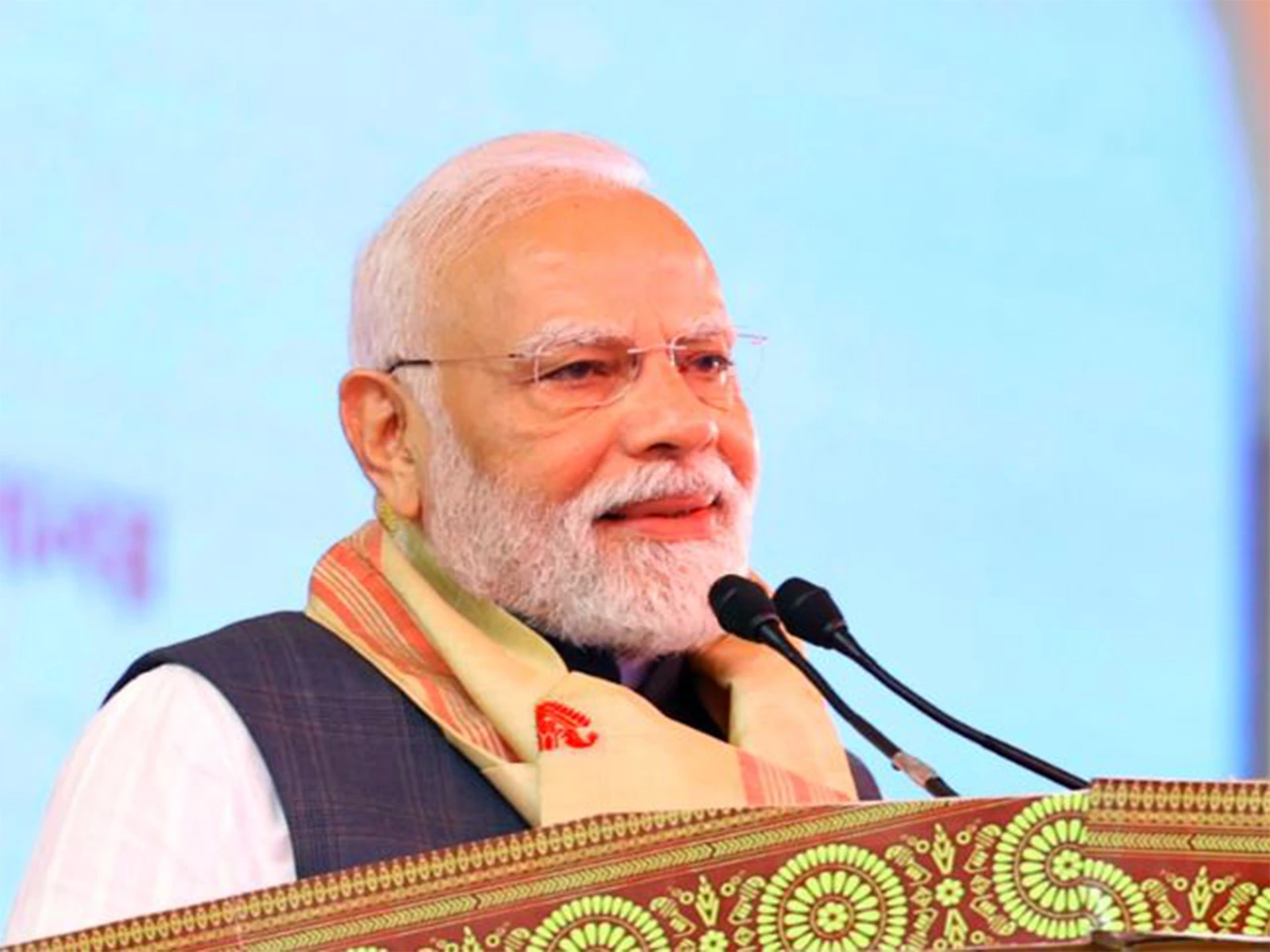18-Jun-2024, Tues.
On June 19, the railways will hold an investigation into the West Bengal Kanchenjunga train accident that occurred on June 17.
The accident involved the Sealdah-bound Kanchenjunga Express colliding with a goods train near Rangapani station in Darjeeling district, resulting in the deaths of eight people and injuries to 25 others. The investigation will be conducted by the Chief Commissioner of Railway Safety, Northeast Frontier Railway, Janak Kumar Garg, and will be held at the ADRM/NJP’s chamber from 10 am onwards on June 19. The request may likewise be expanded whenever expected, as indicated by a public statement. The preliminary investigation suggests that the goods train breached speed limits mandated due to a “faulty” automatic signaling system on the route. The Railway Board reported that the goods train collided with the stationary passenger train while exceeding speed limits, resulting in the tragic incident. The Railway Minister, Ashwini Vaishnaw, has announced that steps will be taken to prevent similar incidents in the future. The Commissioner of Railway Safety (CRS) has initiated an investigation into the incident, and the Railway Board has clarified that the goods train driver was issued a written authority known as TA 912, allowing passage through red signals due to a malfunctioning automatic signalling system.
The accident has led to widespread concern and shock, with West Bengal Chief Minister Mamata Banerjee expressing her shock over the incident and promising that rescue and relief operations are underway.
The incident has also highlighted the need for improved safety measures and better maintenance of railway infrastructure to prevent such accidents in the future.
The upcoming inquiry into the Kanchenjunga train accident in West Bengal is likely to have the following impacts on future railway safety measures:
- Identify Root Causes: The comprehensive investigation by the Commissioner of Railway Safety (CRS) will aim to thoroughly identify the root causes of the accident, whether it was due to technical issues, human error, or other factors. This will help the railways implement targeted solutions.
- Recommend Safety Improvements: The inquiry report is expected to provide specific recommendations to enhance railway safety, such as upgrades to signaling systems, better maintenance practices, and enhanced staff training.
- Strengthen Accountability: The investigation process will likely examine issues of accountability and identify any lapses or negligence that contributed to the accident. This could lead to stricter safety protocols and better enforcement.
- Promote Transparency: Making the inquiry findings public will increase transparency and allow for wider scrutiny and discussion on improving railway safety standards.
- Foster Safety Culture: The high-level investigation and its outcomes can help reinforce the importance of safety as a top priority within the railway system, encouraging a stronger safety culture among all stakeholders.
- Accelerate Technology Adoption: The accident may prompt faster adoption of advanced technologies like automated signaling systems, real-time monitoring, and predictive maintenance to enhance safety.
- Increase Funding: The incident could lead to increased budgetary allocations and better utilization of funds for railway safety-related infrastructure, maintenance, and staff training.
Overall, the thorough investigation and its recommendations are expected to drive comprehensive reforms and improvements in railway safety measures to prevent such tragic incidents in the future.




